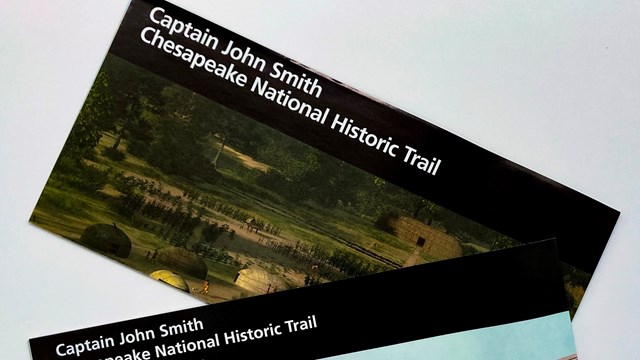
"A national trail is a gateway into nature’s secret beauties, a portal to the past, a way into solitude and community. It is also an inroad to our national character. Our trails are both irresistible and indispensable."—STEWART UDALL, US Secretary of the Interior (1961–69); 1920–2010 Learn More About National TrailsNative Lands, National Trails is an Indigenous mapping and research project of the Partnership for the National Trails System (PNTS). It aims to show how National Trails pass through traditional Native territories. National Scenic and National Historic Trail Webmap (arcgis.com) How do I visit the Captain John Smith Chesapeake National Historic Trail?The Captain John Smith Chesapeake National Historic Trail follows the route undertaken by members of the Jamestown colony throughout the Chesapeake Bay in 1608. In a small boat outfitted with oars and a sail, they sailed along most of the Chesapeake's major tributaries, interacting extensively with Indigenous peoples along the way. The trail's route also follows important Indigenous trade routes, such as those along the James and Susquehanna Rivers. The route of the trail is over water, and can traveled by kayak, canoe, paddleboard, or boat. However, the trail can also be explored from the shore by visiting a visitor center, museum, park, and beyond. Online resources also connect you to the history and natural world of the Chesapeake through articles, photographs, and videos. Follow the links below to choose your journey on the Chesapeake! 
Trail Map
View a map of the trail's route and key sites along the way. 
Things To Do
The trail offers countless ways to enjoy the rivers, marshes, and coastlines of the Chesapeake Bay. 
Virtual Visits
Can't come to the trail in person? Explore photos, videos, and wildlife webcams that will transport you to the rivers and shores of the Bay. 
Places to Go
Discover the trail's visitor centers and contact sites located throughout the Chesapeake region. 
Nature
Thousands of plant and animal species are native to the Chesapeake Bay, many of which are important to the region's culture and history. 
History & Culture
Discover the people, cultures, places, and events that made history in the Chesapeake Bay hundreds, and even thousands of years ago. |
Last updated: January 10, 2024
